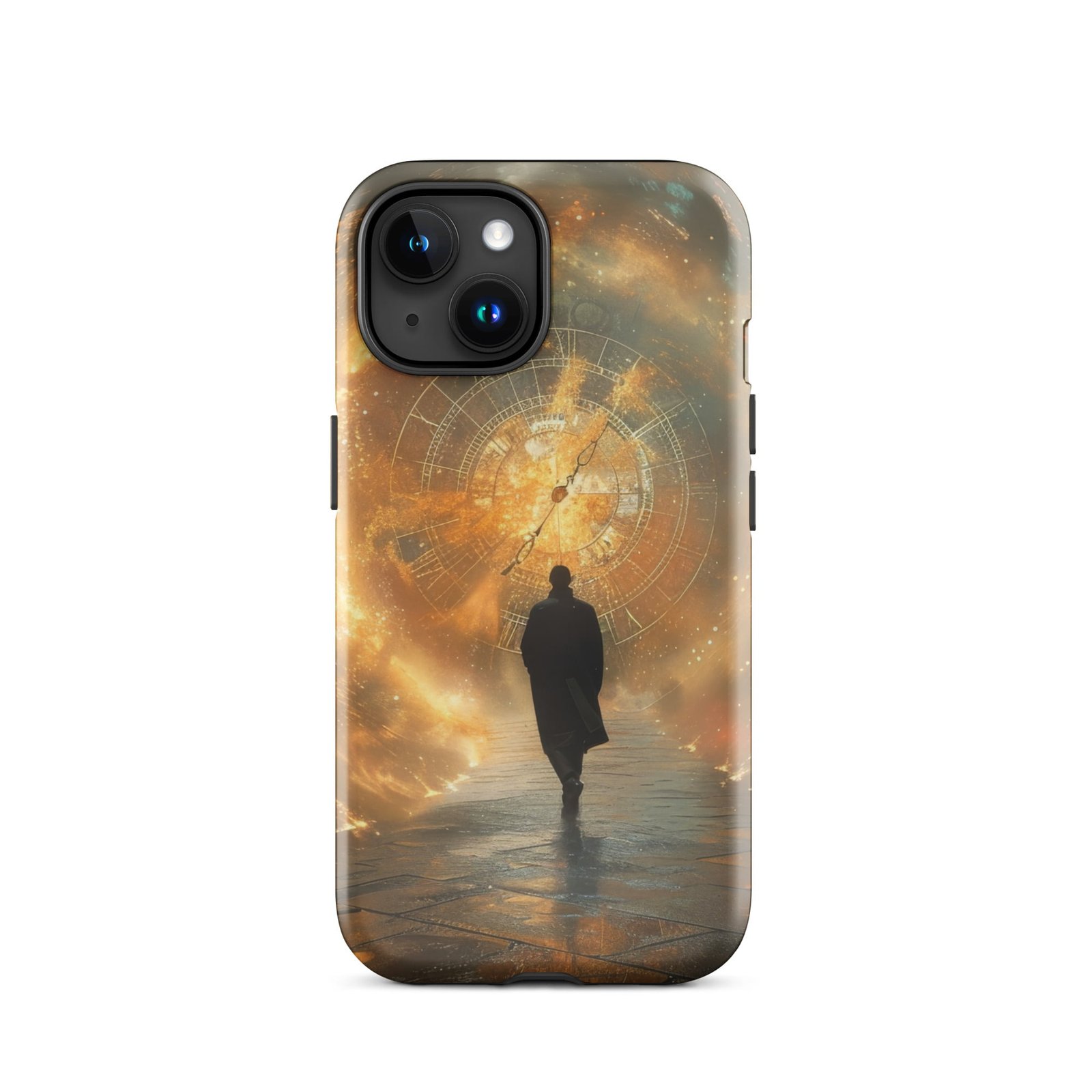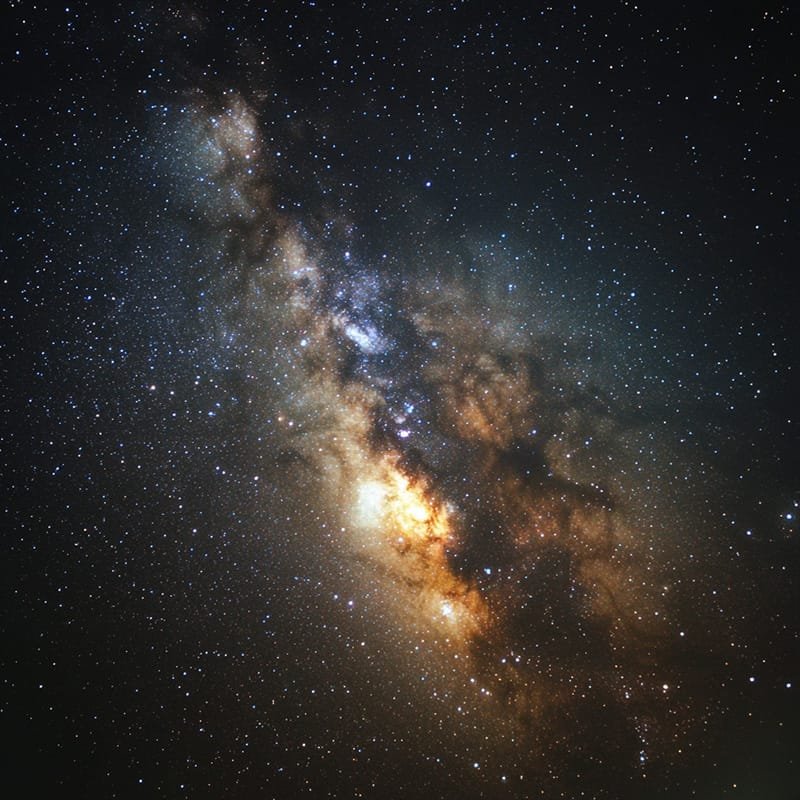Jupiter, the largest planet in our solar system, has captivated astronomers for centuries. It was first discovered by Galileo Galilei in 1610, who observed its four largest moons, now known as the Galilean moons. Since then, Jupiter has played a crucial role in our understanding of the solar system and beyond.
Jupiter’s significance in astronomy cannot be overstated. Its immense size and gravitational pull have a profound impact on the dynamics of the solar system. Its gravity helps to shape the orbits of other planets and asteroids, and it acts as a shield, protecting Earth from many potentially dangerous comets and asteroids.
Furthermore, Jupiter’s atmosphere is a subject of great interest to astronomers. Its swirling clouds and storms, including the famous Great Red Spot, provide valuable insights into atmospheric dynamics and weather patterns. Studying Jupiter’s atmosphere can also help us understand the processes that occur on other gas giant planets in our galaxy.
Key Takeaways
- Jupiter is the largest planet in our solar system and has a significant role in astronomy.
- The best time to observe Jupiter through a telescope is during opposition, when it is closest to Earth.
- Choosing the right telescope for Jupiter observation depends on your budget and level of experience.
- Setting up your telescope properly is crucial for getting a clear view of Jupiter’s features.
- Key features of Jupiter include the Great Red Spot, cloud bands, and its four largest moons.
The Best Time to Observe Jupiter Through a Telescope
Observing Jupiter through a telescope can be a rewarding experience, but it requires careful planning and timing. Jupiter’s orbit around the Sun takes approximately 12 Earth years, which means its position in the sky changes over time. The best times to observe Jupiter are when it is at opposition, which occurs when it is directly opposite the Sun in the sky.
During opposition, Jupiter is closest to Earth and appears at its brightest and largest. This makes it an ideal time to observe its features in detail. Opposition occurs roughly once every 13 months, so there are multiple opportunities throughout the year to observe Jupiter.
In addition to timing, clear skies and good seeing conditions are crucial for observing Jupiter. Clear skies ensure that there are no obstructions or atmospheric disturbances that could hinder your view. Good seeing conditions refer to the stability of the atmosphere, which can greatly affect the clarity of the image. Choosing a night with steady air and minimal turbulence will result in sharper and more detailed observations.
Choosing the Right Telescope for Jupiter Observation
Choosing the right telescope for observing Jupiter depends on several factors, including your budget, experience level, and specific observing goals. There are three main types of telescopes: refractors, reflectors, and compound telescopes.
Refractor telescopes use lenses to gather and focus light. They are known for their crisp, high-contrast images and are a popular choice for planetary observation. Reflectors, on the other hand, use mirrors to gather and focus light. They are often more affordable than refractors and are well-suited for observing deep-sky objects. Compound telescopes, such as Schmidt-Cassegrains or Maksutov-Cassegrains, combine lenses and mirrors to provide a compact design with good image quality.
When choosing a telescope for Jupiter observation, it is important to consider its aperture size, which determines how much light the telescope can gather. A larger aperture will allow for more detail to be seen on Jupiter’s surface. A telescope with an aperture of at least 6 inches is recommended for observing Jupiter.
Budget considerations are also important when purchasing a telescope. There are many affordable options available for beginners, but it is worth investing in a higher-quality telescope if you plan to pursue astronomy as a long-term hobby.
Setting Up Your Telescope for Jupiter Observation
Setting up your telescope properly is crucial for getting the best views of Jupiter. First, make sure your telescope is properly aligned and calibrated. This involves aligning the finderscope with the main telescope tube and calibrating any computerized tracking systems.
Stability and balance are also important factors to consider when setting up your telescope. Make sure your tripod or mount is sturdy and secure to prevent any vibrations or shaking that could affect the image quality. Balancing the telescope tube properly will also help with stability and smooth movement.
When setting up in the field, it is important to find a location with minimal light pollution. Jupiter is bright enough to be seen from urban areas, but observing from a darker location will allow for better contrast and detail. Additionally, be mindful of any obstructions, such as trees or buildings, that could block your view of Jupiter.
Identifying Jupiter’s Key Features: The Great Red Spot, Cloud Bands, and Moons
Jupiter is known for its distinctive features, including the Great Red Spot, cloud bands, and its four largest moons. The Great Red Spot is a massive storm that has been raging on Jupiter for centuries. It is easily visible through a telescope and appears as a large oval-shaped feature with a reddish hue.
Jupiter’s cloud bands are another prominent feature that can be observed with a telescope. These bands are made up of different layers of clouds that move at different speeds, creating a striped appearance. The bands are typically shades of white, brown, and orange.
Jupiter’s four largest moons, known as the Galilean moons, are also visible through a telescope. These moons are named Io, Europa, Ganymede, and Callisto. They can be seen as small points of light near Jupiter and their positions change over time as they orbit the planet.
Techniques for Observing Jupiter’s Moons

Observing Jupiter’s moons requires careful timing and tracking. The positions of the moons change constantly as they orbit Jupiter, so it is important to know their predicted positions at the time of observation. There are several online resources and smartphone apps available that provide real-time information on the positions of Jupiter’s moons.
One interesting phenomenon to observe is moon transits and eclipses. A moon transit occurs when one of Jupiter’s moons passes in front of the planet, casting a shadow on its surface. An eclipse occurs when a moon is in Jupiter’s shadow. These events can be observed through a telescope and provide valuable information about the orbits and sizes of Jupiter’s moons.
To identify and track individual moons, it is helpful to use a high-power eyepiece or a Barlow lens to magnify the image. This will allow you to see more detail and distinguish between the different moons. Patience and persistence are key when observing Jupiter’s moons, as their positions can be challenging to track accurately.
Observing Jupiter’s Atmosphere: The Importance of Seeing Conditions
Observing Jupiter’s atmosphere can be a challenging task due to the effects of atmospheric turbulence. Turbulence in Earth’s atmosphere causes the image to appear blurry and distorted, making it difficult to see fine details on Jupiter’s surface.
To improve seeing conditions, it is important to observe on nights with steady air and minimal atmospheric disturbances. Choosing a location with good air quality and stable weather conditions can also help reduce the effects of turbulence. Additionally, using a technique called “lucky imaging” can help mitigate the effects of turbulence by capturing multiple frames of the planet and selecting the sharpest ones for processing.
Patience and persistence are crucial when observing Jupiter’s atmosphere. Atmospheric conditions can change rapidly, so it is important to spend enough time at the eyepiece to capture moments of good seeing. It may take several attempts before you are able to see the fine details and subtle features of Jupiter’s atmosphere.
Capturing Images of Jupiter Through a Telescope
Capturing images of Jupiter through a telescope, also known as astrophotography, requires specialized equipment and techniques. To capture detailed images of Jupiter, it is recommended to use a camera with manual settings and a telescope with a focal length of at least 1000mm.
In addition to the telescope and camera, other accessories such as an adapter or T-ring may be needed to connect the camera to the telescope. A stable mount or tracking system is also essential to prevent blurring or shaking during long exposure times.
Processing and enhancing Jupiter images is an important step in astrophotography. Software programs such as Adobe Photoshop or specialized astronomy software can be used to adjust the brightness, contrast, and color balance of the image. It is important to note that astrophotography requires practice and experimentation, so don’t be discouraged if your first attempts don’t turn out as expected.
Jupiter Observation Tips and Tricks for Beginners
For beginners, observing Jupiter can be a challenging but rewarding experience. Here are some tips and tricks to help you get started:
1. Avoid common mistakes: One common mistake is using too much magnification, which can make the image appear blurry. Start with a lower magnification and gradually increase it until you find the optimal level for observing Jupiter’s features.
2. Improve observation skills: Spend time observing other celestial objects, such as the Moon or planets like Venus and Mars, to improve your observation skills. This will help you become more familiar with the appearance of different objects in the night sky.
3. Use reference materials: There are many books, websites, and online forums dedicated to amateur astronomy that can provide valuable information and tips for observing Jupiter. These resources can help you learn more about Jupiter’s features and how to observe them effectively.

The Future of Jupiter Observation: Advancements in Telescopes and Imaging Technology
The future of Jupiter observation looks promising, with advancements in telescope technology and imaging techniques on the horizon. New telescopes, such as the James Webb Space Telescope (JWST), will provide unprecedented views of Jupiter and its moons. The JWST is equipped with advanced instruments that will allow scientists to study Jupiter’s atmosphere in even greater detail.
Advancements in imaging technology are also revolutionizing our ability to capture high-resolution images of Jupiter. New cameras and sensors are being developed that can capture more light and produce sharper images. Additionally, advancements in data processing techniques are allowing astronomers to extract more information from the images they capture.
These advancements in technology will undoubtedly lead to new discoveries and research opportunities. By continuing to observe and study Jupiter, astronomers can gain a deeper understanding of our solar system and the processes that shape it.
Jupiter, with its immense size and fascinating features, has played a crucial role in our understanding of the solar system. Observing Jupiter through a telescope can be a rewarding experience, but it requires careful planning and preparation. By choosing the right telescope, setting it up properly, and understanding the key features of Jupiter, you can enhance your observation skills and capture stunning images.
As technology continues to advance, the future of Jupiter observation looks promising. New telescopes and imaging techniques will provide even greater insights into Jupiter’s atmosphere and its moons. By continuing to observe and study Jupiter, astronomers can contribute to our understanding of the solar system and beyond. So grab your telescope and start exploring the wonders of Jupiter!
If you’re fascinated by the wonders of the universe and enjoy stargazing, you’ll definitely want to check out this incredible article on Jupiter Through a Telescope. It provides a captivating glimpse into the largest planet in our solar system, showcasing its mesmerizing features and breathtaking beauty. For more intriguing content about space exploration and celestial bodies, be sure to visit The Universe Episodes. While you’re there, don’t forget to take a look at their privacy policy, terms of use, and contact page for further information. Happy stargazing!
FAQs
What is Jupiter?
Jupiter is the fifth planet from the sun and the largest planet in our solar system. It is a gas giant and is primarily composed of hydrogen and helium.
What is a telescope?
A telescope is an instrument used to observe distant objects by collecting and focusing light. It consists of a lens or mirror and is used in astronomy to observe celestial objects such as planets, stars, and galaxies.
What can be seen when observing Jupiter through a telescope?
When observing Jupiter through a telescope, one can see its four largest moons, known as the Galilean moons, as well as its cloud bands and the Great Red Spot, a giant storm that has been raging on Jupiter for centuries.
What type of telescope is best for observing Jupiter?
A refracting telescope or a reflecting telescope with a large aperture is best for observing Jupiter. The larger the aperture, the more light the telescope can gather, which allows for better viewing of Jupiter’s details.
When is the best time to observe Jupiter through a telescope?
The best time to observe Jupiter through a telescope is when it is at opposition, which occurs when Jupiter is directly opposite the sun in the sky. This usually occurs once a year and is the best time to observe Jupiter as it is closest to Earth and appears brightest in the sky.
–
My Summary of the Article
I’ve written an article about observing Jupiter through a telescope. It covers the significance of Jupiter in astronomy, the best times to observe Jupiter, choosing the right telescope, setting it up correctly, identifying key features like the Great Red Spot and moons, techniques for observing Jupiter’s moons and atmosphere, capturing images through astrophotography, tips for beginners, and advancements in telescopes and imaging technology.
What I Think About this Article
I believe this article provides valuable information for anyone interested in observing Jupiter. It offers a comprehensive guide on how to make the most of your observation experience, from choosing the right equipment to understanding key features of Jupiter.
Benefits of Reading this Article
Reading this article can enhance your knowledge of astronomy, improve your observation skills, and help you appreciate the wonders of our solar system. It provides practical tips and insights that can make your Jupiter observation experience more fulfilling.
Main Message of this Article
The main message of this article is to emphasize the significance of Jupiter in astronomy and encourage readers to explore and observe this fascinating planet through a telescope. It highlights the importance of careful planning, proper equipment selection, and understanding key features to enhance your observation experience.
–
























